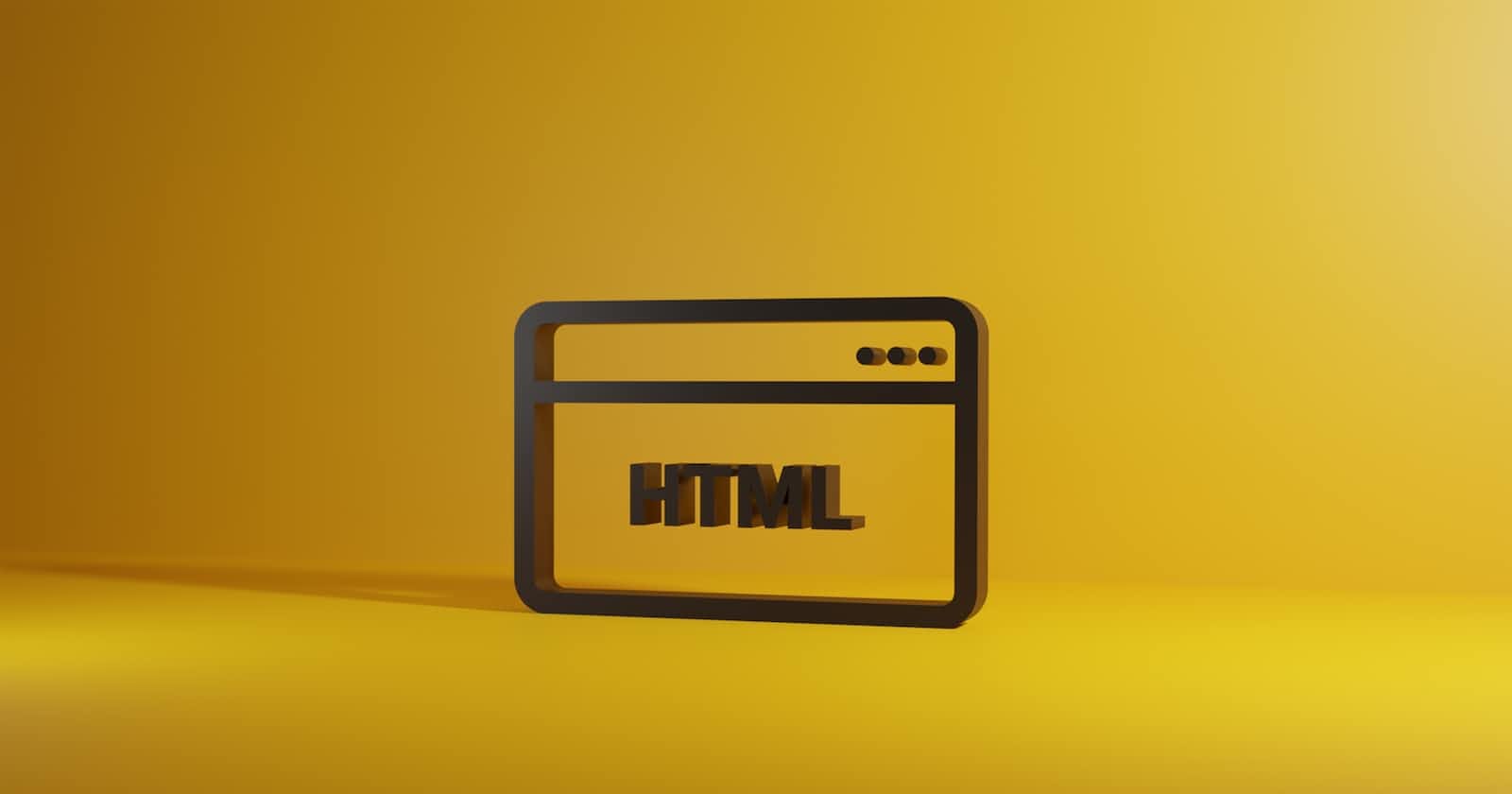Table of contents
No headings in the article.
This year I started my journey with #100Devs and wanted to consolidate my learning by writing articles on the topics I am covering in my studies. I hope they help you and if you have anything to add please leave a comment below, thank you for reading.
HTML, or Hypertext Markup Language, is a markup language used for creating web pages. It provides the structure and layout for web pages, and it is the foundation of all websites. If you're new to HTML and want to start creating web pages, here is a beginner's guide to getting you started.
Understand the basic structure of an HTML document: An HTML document is made up of elements, which are represented by tags. Each tag has an opening and a closing tag, and the content in between these tags is known as an element. For example, the following code creates a heading element: <h1>This is a heading</h1>
Learn the basic HTML tags: Some of the most commonly used HTML tags include:
<html> - The root element for an HTML document
<head> - The container for metadata
<title> - The title of the document, which appears in the browser's title bar
<body> - The container for the visible content of the page
<p> - A paragraph of text
<a> - A link to another webpage
<img> - An image
<ul> - An unordered list
<ol> - An ordered list
<li> - A list item
<div> - A container for other elements
<span> - A container for a small piece of text
Use CSS to style your HTML: HTML provides the structure and layout for a webpage, but it doesn't provide the styling. Cascading Style Sheets (CSS) is used to control the layout, color, and other visual elements of a webpage. You can link CSS to your HTML document using the <link> tag, and you can also use inline styles using the "style" attribute.
Use JavaScript to add interactivity: HTML and CSS provide the structure and style for a webpage, but JavaScript is used to add interactivity and dynamic behavior to a webpage. JavaScript code can be added to an HTML document using the <script> tag.
Practice and Experiment: HTML is relatively easy to learn, but like any programming language, the best way to discover it is through practice and experimentation. Start by creating basic web pages and gradually build on your skills. Look at the code of other websites to see how they use HTML, CSS and JavaScript. Try to replicate and learn from the examples and tutorials provided online.
Use development tools: Many web browsers, such as Chrome and Firefox, have built-in development tools that allow you to inspect and edit the HTML, CSS and JavaScript of a webpage. These tools can be extremely helpful for debugging and understanding how a webpage is built.
Keep learning and updating your skills: As technology changes and new technologies are developed, it's important to stay up-to-date with the latest developments in HTML and other web technologies. Learning new tags, updated best practices, and new technologies as they arise.
By following these steps and continuing to learn and practice, you will be able to create dynamic and engaging websites using HTML. It's an essential step to begin your journey in web development and web design, and it will give you a solid foundation for your next steps.


